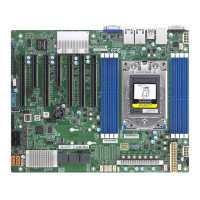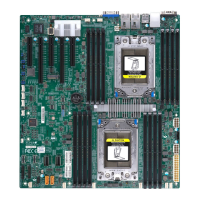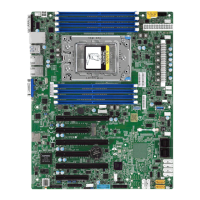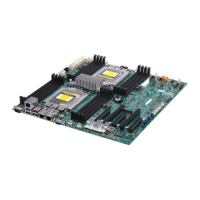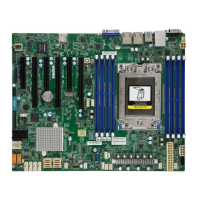17
Chapter 1: Introduction
1.2 Processor and Chipset Overview
data reliability in a 7-nm process architecture. It is optimized for high-performance computing,
NVMe storage solutions, and ideal for High Density Data Center applications.
The H12SSW-iN/NT supports the new 7 nm microarchitecture process technology, which
The AMD EPYC® 7002/7003 series supports the following features:
• ACPI Power Management Logic Support Rev. 6.2
• Adaptive Thermal Management/Monitoring
• PCIe 4.0 w/transfer rates of up to 16 Gb/s
• SATA 3.0 w/transfer rates of up to 6 Gb/s
•
1.3 Special Features
This section describes the health monitoring features of the H12SSW-iN/NT. The motherboard
has an onboard System Hardware Monitor chip that supports system health monitoring.
Recovery from AC Power Loss
The Basic I/O System (BIOS) provides a setting that determines how the system will respond
when AC power is lost and then restored to the system. You can choose for the system to
for it to automatically return to the power-on state. See the Advanced BIOS Setup section
for this setting. The default setting is Last State.
1.4 System Health Monitoring
This section describes the health monitoring features of the H12SSW-iN/NT motherboard. The
motherboard has an onboard Baseboard Management Controller (BMC) chip that supports
system health monitoring. Once a voltage becomes unstable, a warning is given or an error
sensitivity of the voltage monitor.

